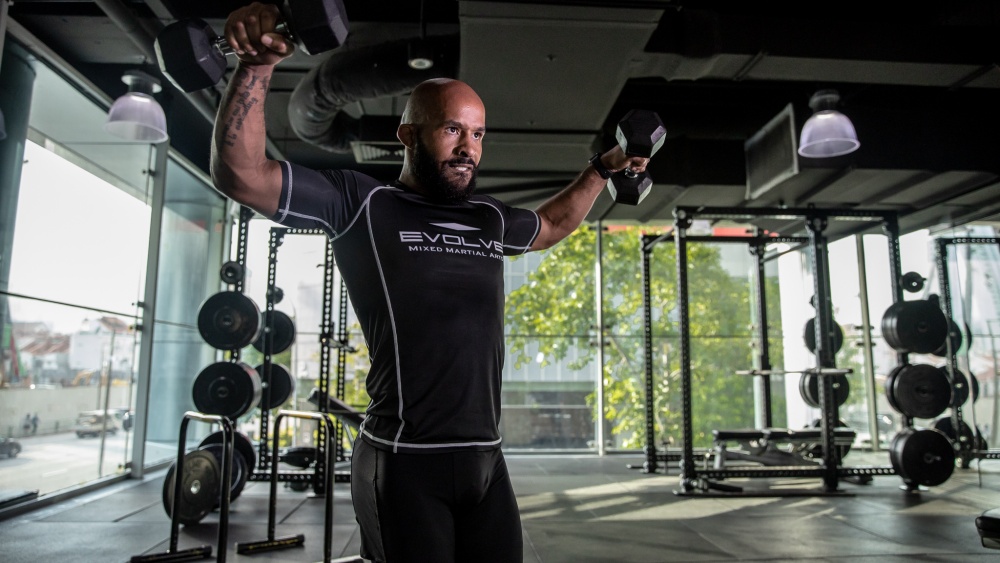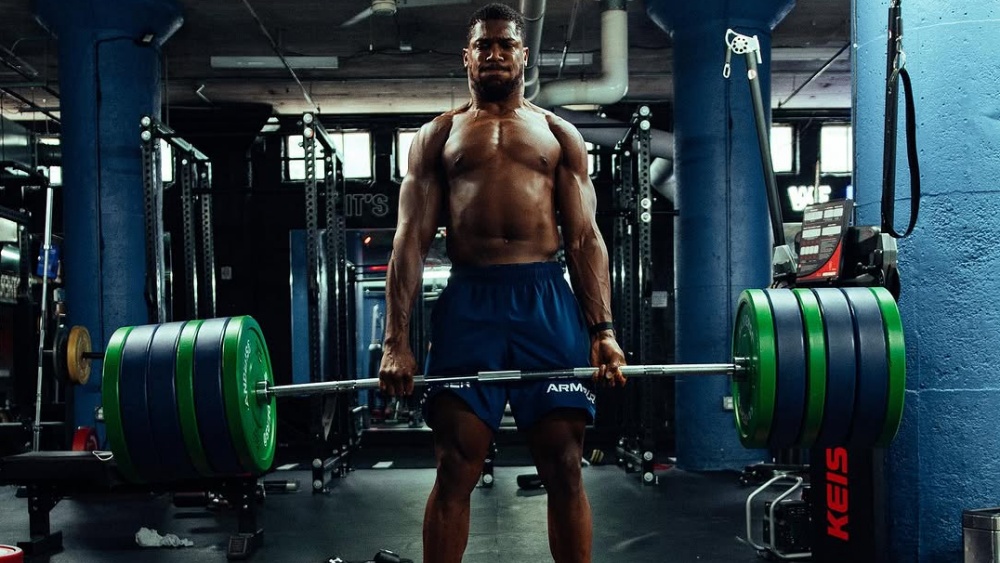Cardio is such an important part of a well-devised workout plan. Firstly, it burns a lot of calories and speeds up metabolism, which then improves the body mass index (BMI). Performing cardio exercises regularly helps people slim down to their ideal weight and maintain it. It also helps you become a better athlete.
But in order to understand cardio, and how it can benefit you in terms of athleticism, you have to study both aerobic and anaerobic exercises. These are two terms you’ve probably encountered previously, but what do they mean?
The “aer” from aerobic is a Latin term which literally translates to “air,” while “an-aer” translates to “without air.” Aerobic exercise is any exercise that you perform with a consistent amount of oxygen passing through your lungs, while anaerobic exercise is one that pushes you further, and forces oxygen out of your lungs.
Which one is better for you? The obvious answer is a combination of both, and each one has its own benefits. They have differing effects.
Ultimately, both aerobic and anaerobic exercises have benefits we need for overall health, so it’s a good idea to incorporate each kind into our workouts. A deeper understanding of them will equip you with the knowledge to be able to customize your workouts according to your specific goals.
Today, Evolve Daily explores aerobic and anaerobic exercises, their differences, pros and cons, and more.
The Science Behind Aerobic And Anaerobic Exercises
It is a well-established fact that the body uses glucose as its primary energy source. Once the glucose in the blood goes under a certain point, the body starts breaking down glycogen in the muscle to produce more glucose. Before glucose can be used as fuel, however, it has to first be broken down into molecules called adenosine triphosphate or ATP.
An exercise is aerobic when ATP is generated through aerobic metabolism and anaerobic when through anaerobic metabolism. In the presence of adequate oxygen, a single molecule of glucose produces between 36 to 38 ATP and has carbon dioxide and water as its byproducts, which are then expelled through breath, sweat, and urine.
Without enough oxygen to sustain aerobic metabolism, it shifts to anaerobic breakdown. This type of metabolism produces only 2 ATP and has an undesirable byproduct: lactic acid. It then causes muscle fatigue, soreness, and cramping.
The main difference between aerobic and anaerobic exercise, therefore, is the requirement and usage of oxygen. In aerobic exercise, the muscles have enough oxygen to perform continuously for extended periods. On the other hand, the oxygen demand in anaerobic exercise is much higher, resulting in increased production of lactate and shorter workout performance periods.
Aerobic Exercises

These are exercises involving sustained periods of rhythmic and coordinated movement, such as running, swimming, biking, and rowing – which are your typical cardio exercises. These exercises moderately increase heart rate to supply more oxygen to your muscles, but people generally can still speak and even have conversations during exercise. This type of exercise has benefits including enhanced endurance, improved overall cardiovascular health, increased stamina, reduced fatigue, and lowered blood pressure.
Given the extended sustainability of aerobic exercises, it can be great if you’re trying to lose weight in a short timeframe. Given that there isn’t much muscle breakdown happening during aerobic exercise, the body takes a shorter time to fully repair and recover. People who engage in purely aerobic exercises can train twice a day with no problems.
Anaerobic Exercises

These, on the other hand, refer to exercises requiring short bursts of intense activity performed at maximum effort.
During anaerobic exercise, the cardiovascular system cannot sustainably keep up with the extremely heightened oxygen demand of the muscles. As a result, glucose has metabolized in the absence, producing a small amount of energy with lactic acid as its byproduct.
If people doing aerobic exercises can spare their breath to chat a bit, you can’t expect the same from those doing anaerobic routines.
Anaerobic exercises include High-Intensity Interval Training (HIIT), weight training, sprints, and plyometrics. Such exercises increase muscle breakdown and use up calories for repair after the actual workout—an effect called “afterburn.” These exercises are best for sustainable weight loss. This type of exercise is also best for increasing bone density and building muscle mass.
When To Do Which

Both are important and should be incorporated into your usual routine, but the amount and frequency of either can be tweaked according to your specific needs and goals.
For example, triathletes, marathon runners, and athletes engaging in ball sports such as basketball, baseball, and tennis will benefit more from the increased endurance from aerobic workouts.
Sports requiring short bursts of energy, on the other hand, need more anaerobic training. High-intensity training boosts cardiovascular recovery, which is essential in combat sports. Martial arts, in fact, features a combination of aerobic and anaerobic workouts. It requires explosions of power that can leave a person winded without proper training.
Other good examples of sports benefiting from anaerobic exercises are gymnastics, pole-vaulting, and weightlifting.
Those who are looking to engage in exercise but have been sedentary for a while should begin with low-intensity aerobic exercises. Build up that cardiovascular strength and endurance before participating in more demanding workouts.
Anaerobic routines can be physically overwhelming if you’re out of shape due to their high-intensity nature. But the more you train, the more your body adapts.
You may also like:
















